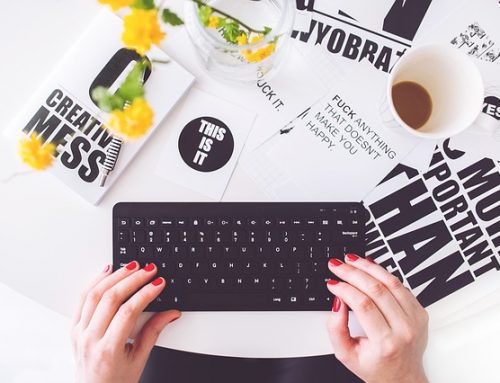Step 1: select the place
Not every point in the city and not every perspective are nice. So, before you face in any place of your lens, consider whether it is worth the trouble. Check out the place where the prospect is the least distorted and where the light is placed in the most spectacular way. Where they play the colors, shapes and rhythms. Buy an illustrated tourist guide or – even better – one that focuses on architecture. Will help you hit the interesting places. And check out sooner or in a upatrzonej location, especially in the middle of the building – you can shoot.
Step 2: select the time
In principle, there is no one right time to photographing the city. Architecture looks beautiful in the morning or afternoon sun. And even more beautiful during two hours: magic-just before sunset and the blue-after the West, accompanied by artificial light. But reaching the sky skyscrapers of Manhattan and narrow streets between them “catch the light” at noon, when the Sun is high and penetrates through the cracks between the Colossus will go down. Don’t be afraid to play with light and shadow – is the key to photos of architecture, which will allow you to bring out details, contrasts and shapes.
Step 3: Watch out for perspective and focal length of the lens
The fashion for the use of very wide lenses – 12, 18 or 20 mm-unfortunately not really in the city. Buildings photographed so extensively simply crumble in the photo and look. To avoid this, professionals use. tilt-shift lenses, which allow for perspective correction. Or pan option. You can try to find the correct place: stand a little further, slightly above (e.g. in the building opposite) and a photograph of the lenses with a longer focal length: 28, 35, 50 mm. vertical lines will actually vertical, and buildings will not turn over.
Step 4: don’t forget the detail
Photographing architecture is not only wide shots with entire facades or groups of buildings. It also details: trim, doors, locks and fittings (beautiful pictures of this type can be done in Greece or Cyprus). Interesting look for any lines or geometric forms that make up the rhythms and structure. With shots of details create a complete and full vision of your walk in the place.
Step 5: shoot in the best possible quality
Details, details, invoices, shadows-that’s all she likes to look good in the picture. Why shoot in digital format negative film (RAW), use a polarizing filter (wipes out unsightly reflections and will bring out reflections), and especially to the landscape photography of architecture-the gray half-filter (reduce the contrast between the shaded buildings and bright sky), and finally prepare photos in one of the programs for the processing of RAW files (eg. Adobe Photoshop Lightroom) or another.
And don’t forget the tripod. Will give you a chance to shoot there, where it is too dark in the photo with hand and calm down your work. Tripod … helps to focus on. Seriously.
How to set the camera to photograph architecture (from the start)
as the lowest ISO-you’ll get more details
closed aperture-f/11 and f/16, depending on which lens you are shooting (check at what aperture your lens loses focus, do not exceed this value)
focus to the hyperfocal distance
the camera on a tripod






